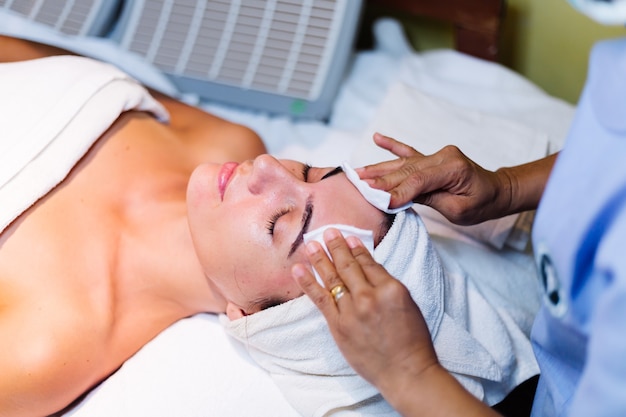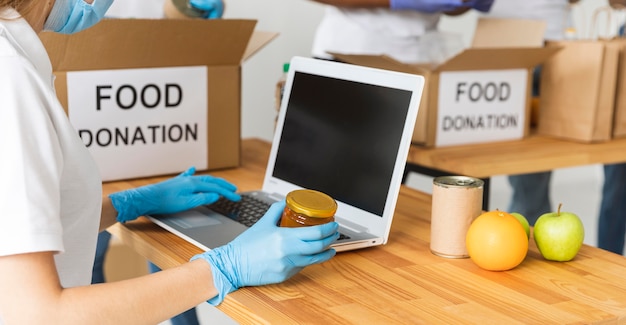
Preventing foodborne illnesses and ensuring food safety hinge on maintaining excellent food hygiene and safety practices. Even after completing Food Hygiene and Safety Training, many people frequently overlook the basics during their everyday cooking routines. Whether you’re managing a professional kitchen or just cooking at home, avoiding these common mistakes can lead to a safer and healthier food environment.
One key element often neglected is proper hand hygiene. Many people think a quick rinse under water is enough, but effective handwashing means scrubbing with soap for at least 20 seconds. This is especially important before cooking and after handling raw foods like meat, poultry, or seafood. Poor hand hygiene can lead to the rapid spreading of dangerous pathogens like Salmonella and E. coli, potentially causing serious illnesses.
To prevent this, make sure to wash your hands with soap for 20 seconds, particularly after handling raw meat or visiting the bathroom. Dry your hands with a clean towel or air dryer, since damp hands can spread germs.
Cross-contamination between raw and cooked food is another issue to watch out for. This occurs when bacteria from raw foods are transferred to cooked or ready-to-eat items, usually through shared tools or cutting boards without proper cleaning in between. Avoid this by using separate cutting boards for raw meat and other foods, and always clean and disinfect surfaces, knives, and utensils after handling raw food.
Ignoring expiry dates can severely compromise your health since these dates indicate when food is no longer safe to consume. Always check the expiry date before using any product, and rotate the items in your fridge and pantry to use older items first.
Improper food storage temperatures are another common misstep. Bacteria thrive between 5°C and 63°C, so it’s vital to keep perishable food refrigerated below 5°C. Ensure your fridge is set correctly and refrigerate leftovers within two hours of cooking.
Thawing food at room temperature is not recommended because it promotes bacterial growth as the outer layer warms while the center remains frozen. Instead, thaw food in the fridge overnight, under cold water, or in the microwave, and avoid leaving perishable foods out for more than two hours.
Personal hygiene is just as important as food hygiene. Contaminants can be introduced through soiled clothing, unclean hands, or untied long hair. So, always wear clean clothing and tie up long hair when cooking, and refrain from handling food if you’re not feeling well.
Cooking food at the right temperature is essential to kill harmful bacteria. Many people rush and undercook meals, which can lead to foodborne illnesses. Always use a food thermometer to verify that food reaches the correct internal temperature, checking the thickest part of the meat.
Using the same utensils for raw and cooked foods can also lead to cross-contamination. To avoid this, always use different utensils for raw and cooked foods and ensure cutting boards, utensils, and surfaces are cleaned immediately after use.
Washing fruits and vegetables thoroughly is important because they can harbor harmful bacteria or pesticides. Even if they look clean, always wash them under running water before eating, and use a clean brush on firm produce like cucumbers or melons.
Neglecting to clean kitchen surfaces regularly can contaminate foods prepared on them. After handling raw meat or preparing any food, clean and disinfect all surfaces using a kitchen disinfectant or a hot water and soap solution.
Ultimately, food safety is about protecting your health and the health of others. By being mindful of these common food safety mistakes and actively avoiding them, you can ensure the food you prepare is safe and nutritious. Keep these top 10 mistakes in mind, and you’ll be well on your way to mastering safe cooking techniques.









